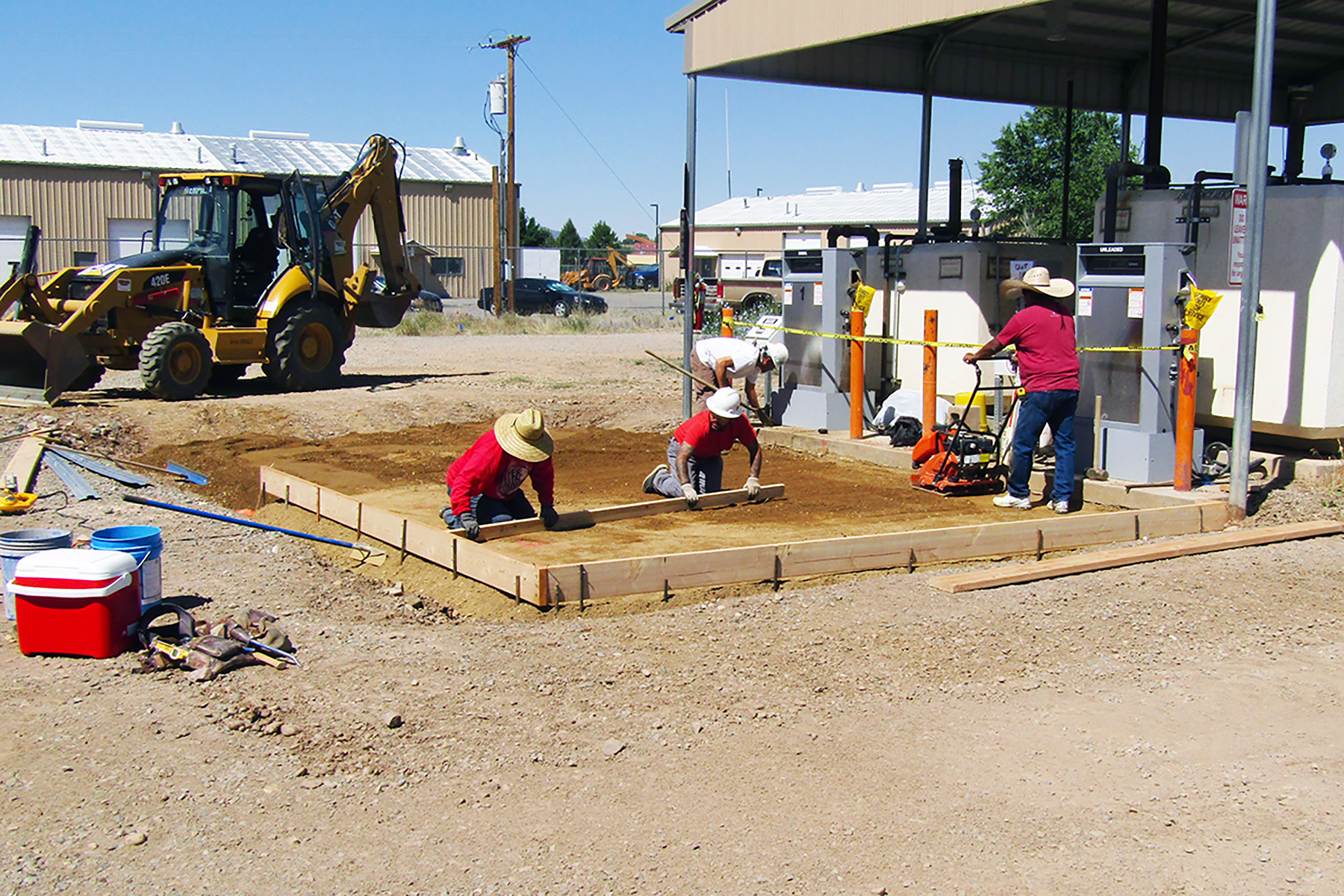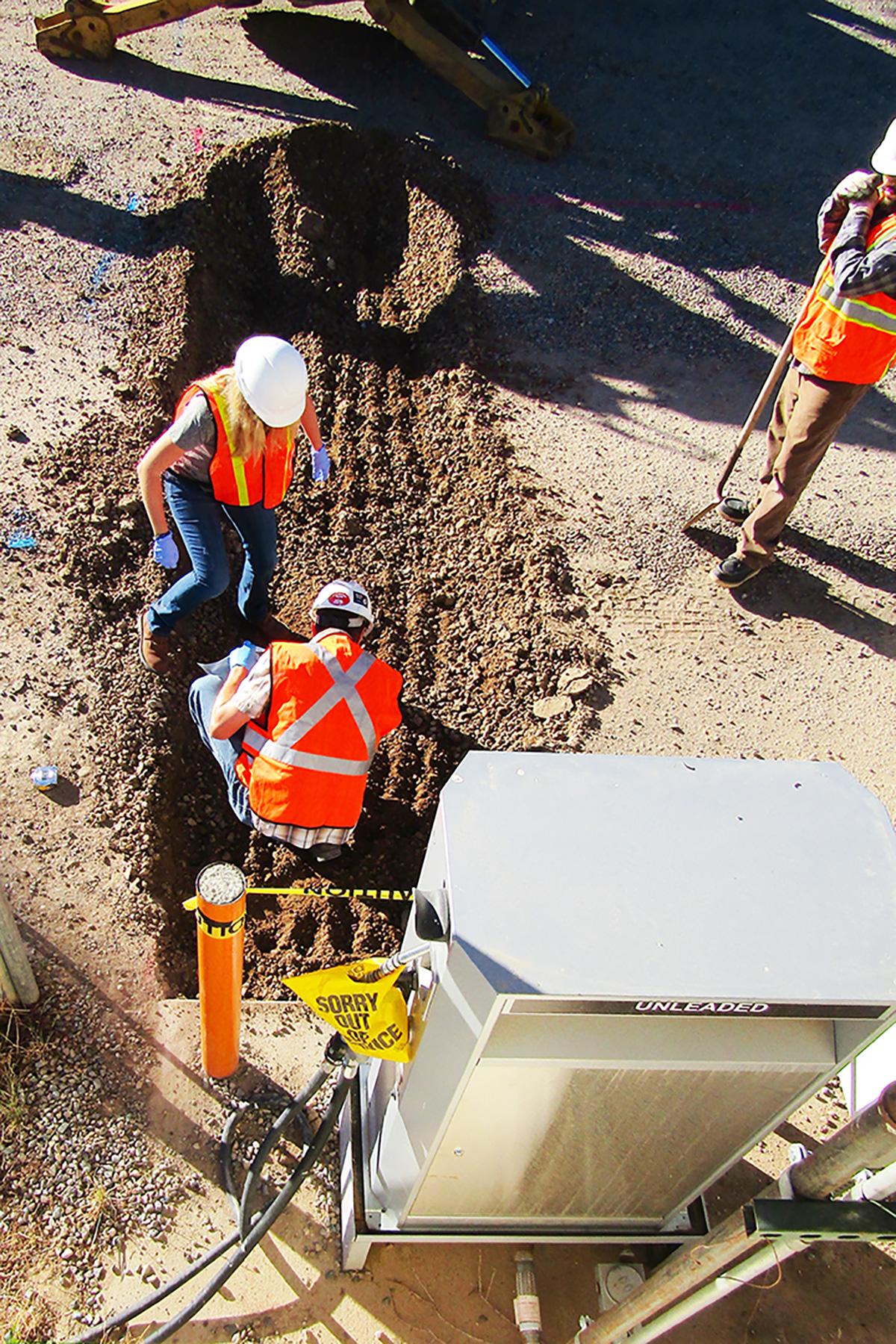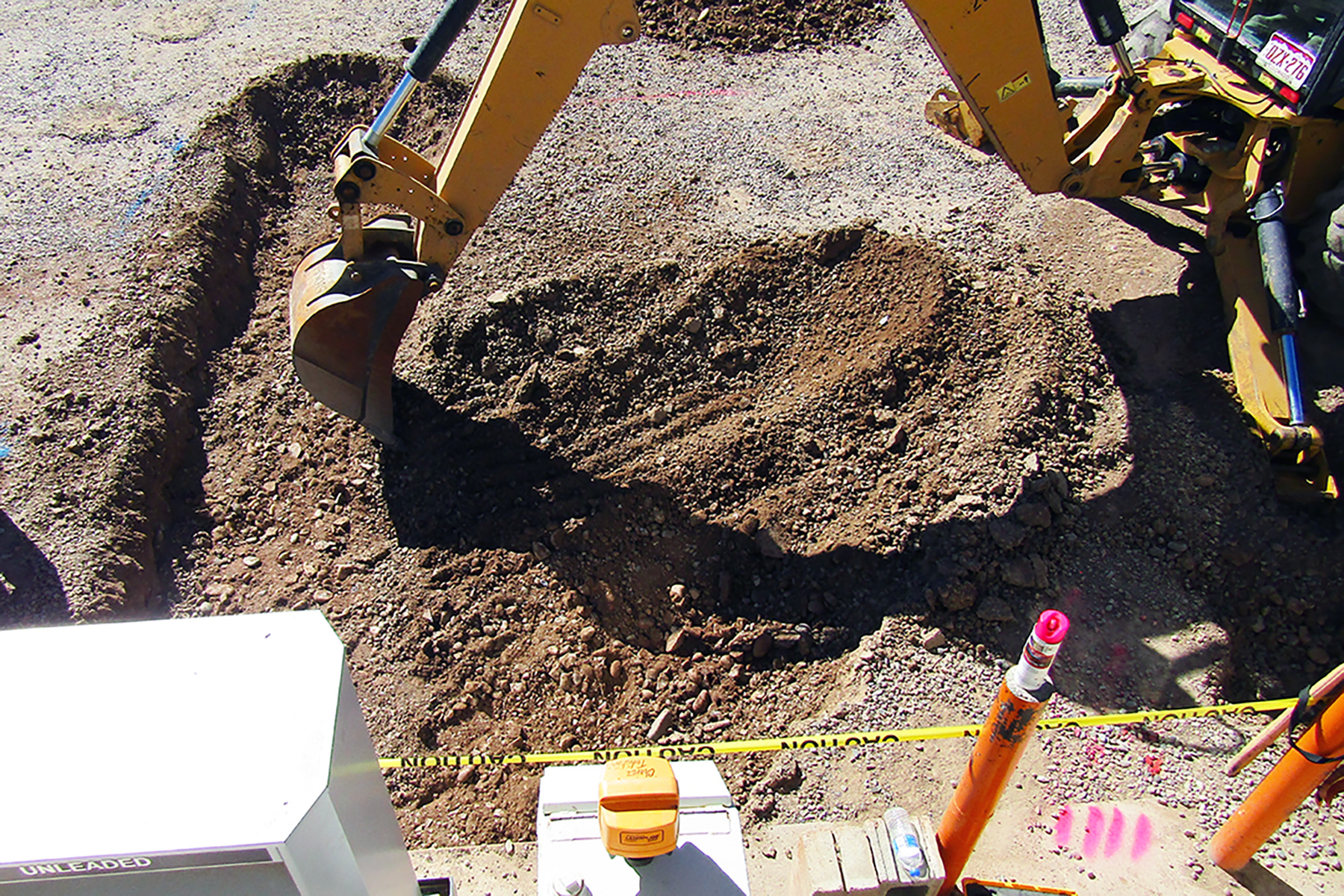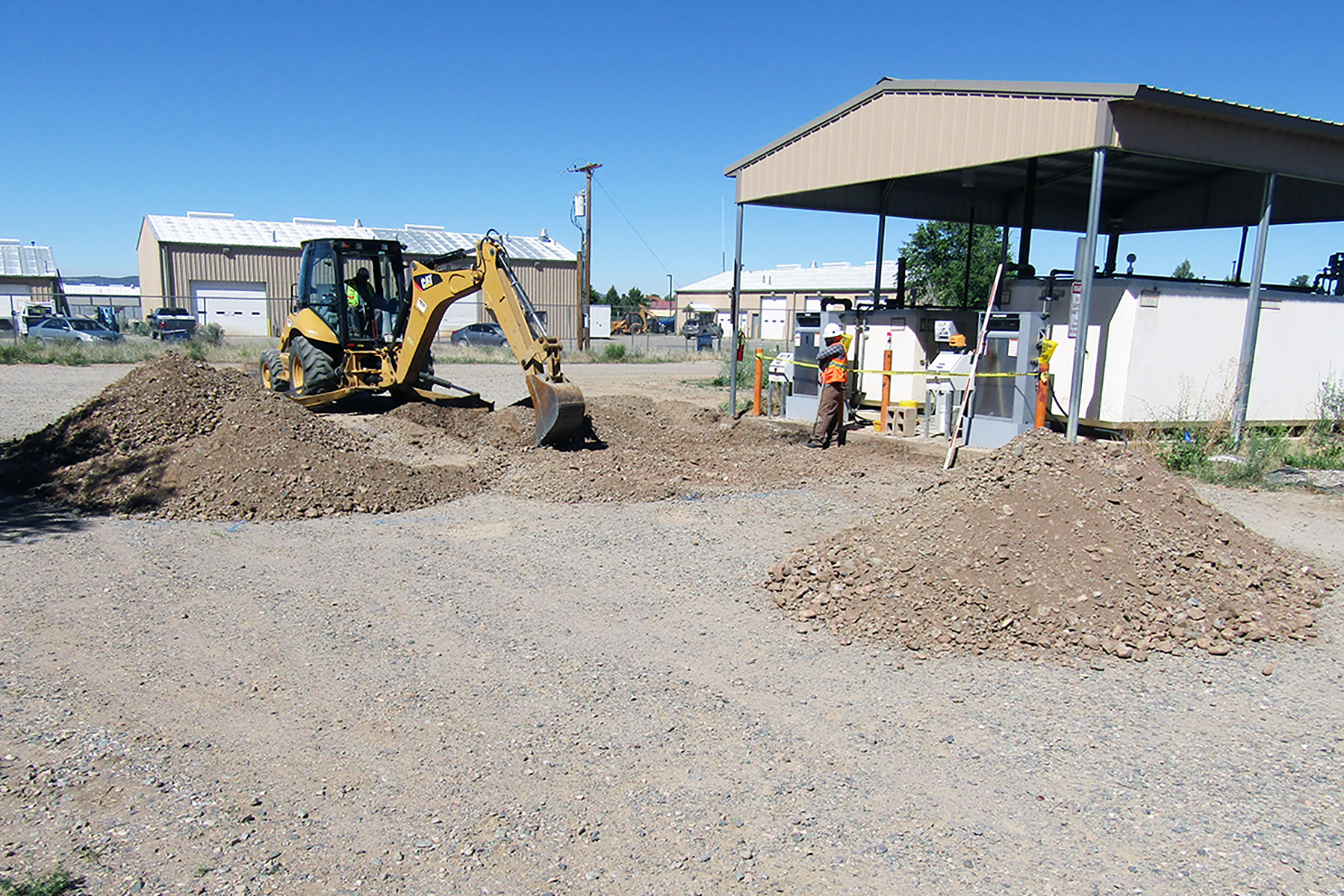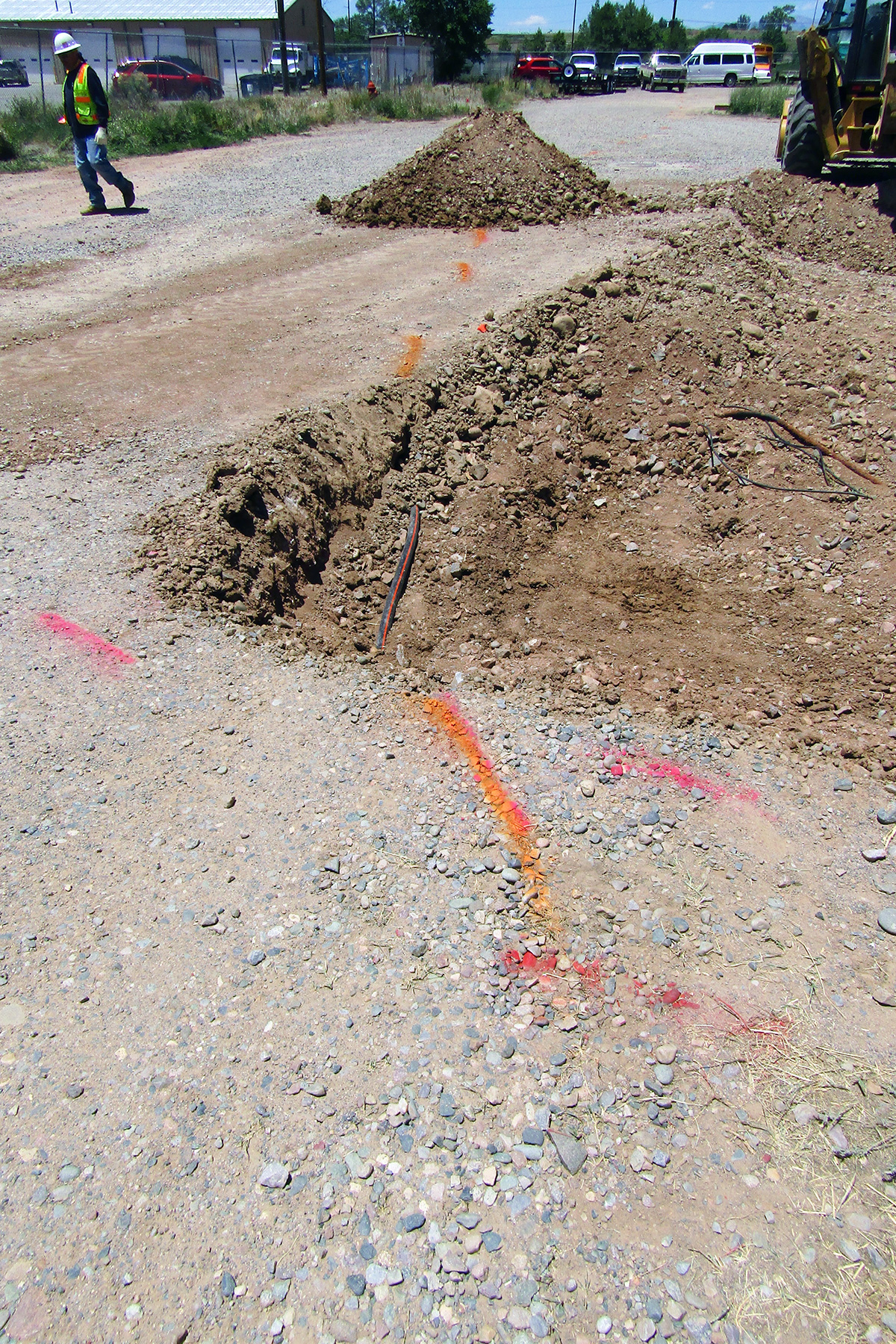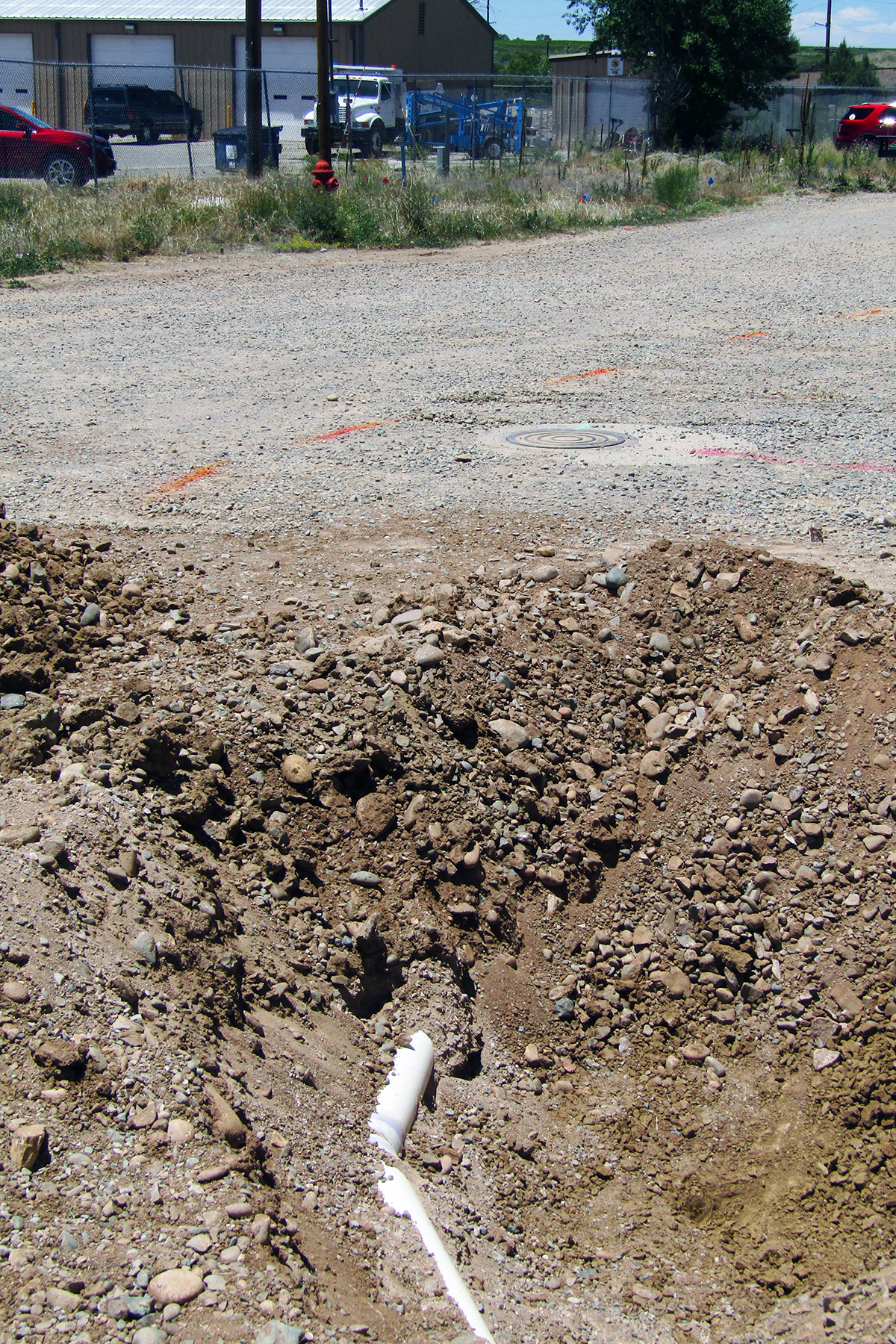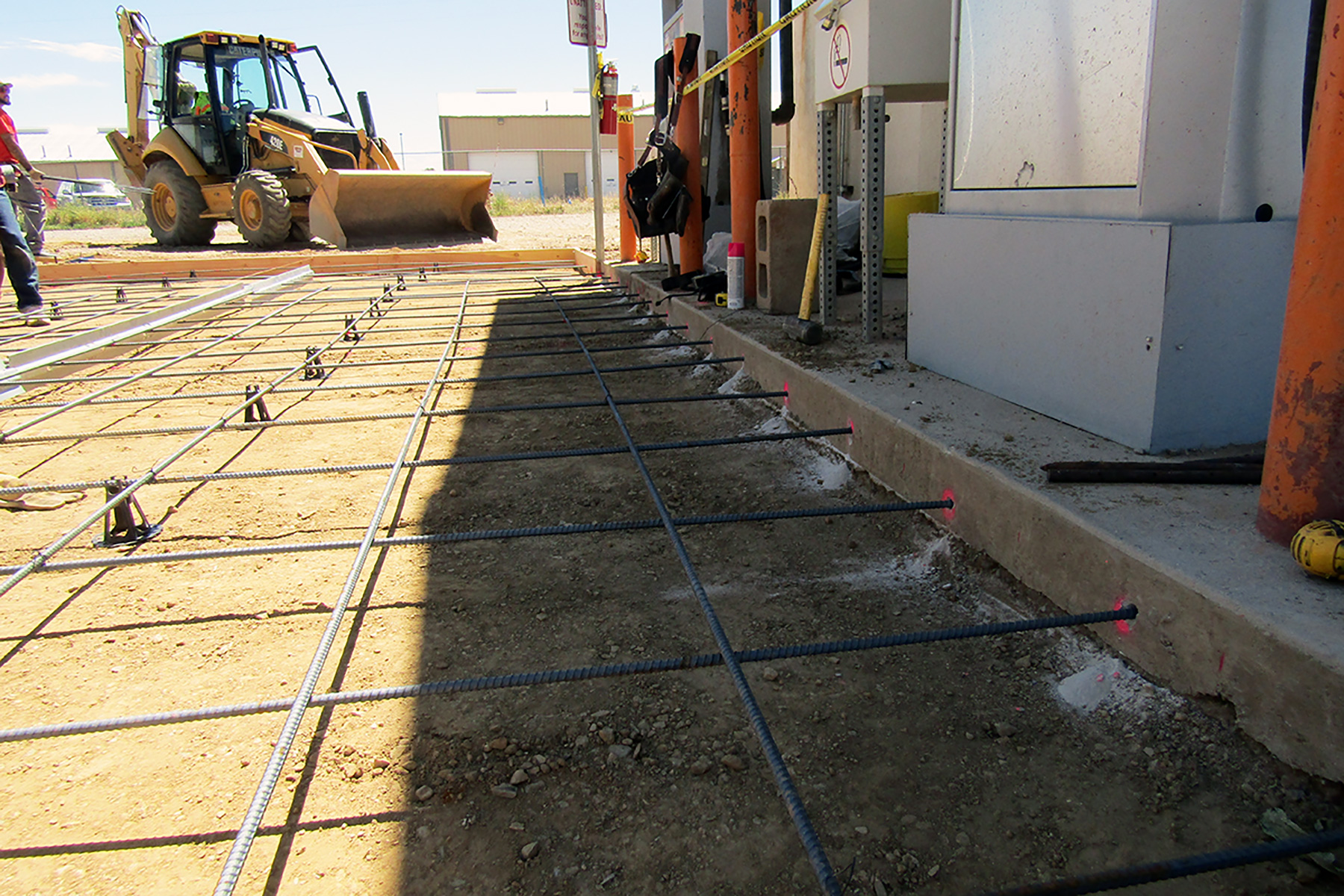We would like to thank all of the staff for their patience and understanding while the Motor Pool fueling area was closed for the soils remediation project. We know that the fueling/paperwork process while Motor Pool was closed was a challenge, which demonstrates the importance of Motor Pool to the day-to-day operations of the Tribe. I would like to specifically thank the staff at Motor Pool, Purchasing, Building Maintenance and Legal for their assistance.
The cause of most of the spills and soil staining was due to vehicles that were in accidents being brought to Motor Pool for storage where the fluids had drained out. Of all of the areas of concern, the refueling area was the highest priority. There were some documented spills of significant size, but the majority was just an accumulation of little drips and spills that resulted in a substantial buildup over time.
The contaminated soils project at Motor Pool dates back to 2014 when the Environmental Programs Division (EPD) hired a contractor to locate areas of contamination. At every contaminated area, the soil was excavated and field tested until the reading was non-detect for Total Petroleum Hydrocarbons (TPH). The majority of the contamination consisted of gasoline, diesel, hydraulic fluid and other assorted fluids found in vehicles. All of the locations were excavated, tested, filled with clean soil and compacted for stability.
The project ran without any serious issues and there were some collateral benefits such as general clean up and locating all of the utility lines and mapping them. One of the most important of these was a fiber optic line that runs right down the south side of the Motor Pool area. In planning for the future, a concrete pad was poured at the refueling area that is reinforced with extra rebar and fiber to handle heavy vehicles from time to time. The concrete pad was specifically designed and constructed to contain small spills and make cleaning those spills much easier. Extra road base was also brought in to raise the grade of some of the low spots to have storm water properly drain into the basin that was created for that purpose.
Although the refueling area is open again, there is still some work that EPD would like to do that includes spraying for weeds and taking measures to control and minimize future negative environmental issues at Motor Pool. A spill kit will be placed at the pumps, so if you have a spill, please do your part and clean it up. It is not the responsibility of the Motor Pool staff to address spills at the refueling area.

